Fresh herbs snipped from your patio and cherry tomatoes ripening in your kitchen show how container gardening with edibles makes limited square footage feel like a backyard plot. Pots, grow bags, even repurposed buckets let homespun farmers grow food in containers right by the kitchen door, reducing weeds and shrinking trek time to harvest.
Whether a windowsill hosts basil or rail planters brim with lettuce, edible container garden ideas fit any schedule and skill level, letting gardeners water during coffee breaks and pick dinner on demand. Urban dwellers can turn railings into micro-plots with balcony vegetable gardening, enjoying crisp produce and year-round greenery.
Why Choose Container Gardening for Edible Plants

Container pots tuck onto balconies, windowsills, even the fire escape, so you still harvest basil and cherry tomatoes without sacrificing living space. This is one of the key benefits of container gardening. You can grow food without backyard soil hassles: just shift pots toward sunshine or under cover when storms roll in, no heavy digging required.
Daily maintenance is easy because plants sit at hip level, cutting care time and keeping flavors fresh. Fewer square feet mean less water run-off and shorter supply chains, making sustainable gardening at home a realistic goal.
Pick the Perfect Containers for Your Edible Garden
Swapping cereal bowls for grow bags never ends well. Containers need depth, breathability, and quick water escape. Fabric grow bags rank among the best containers for vegetables with fast growing roots, thanks to its air-pruning abilities that also prevents soggy soil.
Lightweight plastic pots for edible plants lock in moisture for thirsty herbs while terracotta pots caters to drought-loving rosemary by letting water seep away.
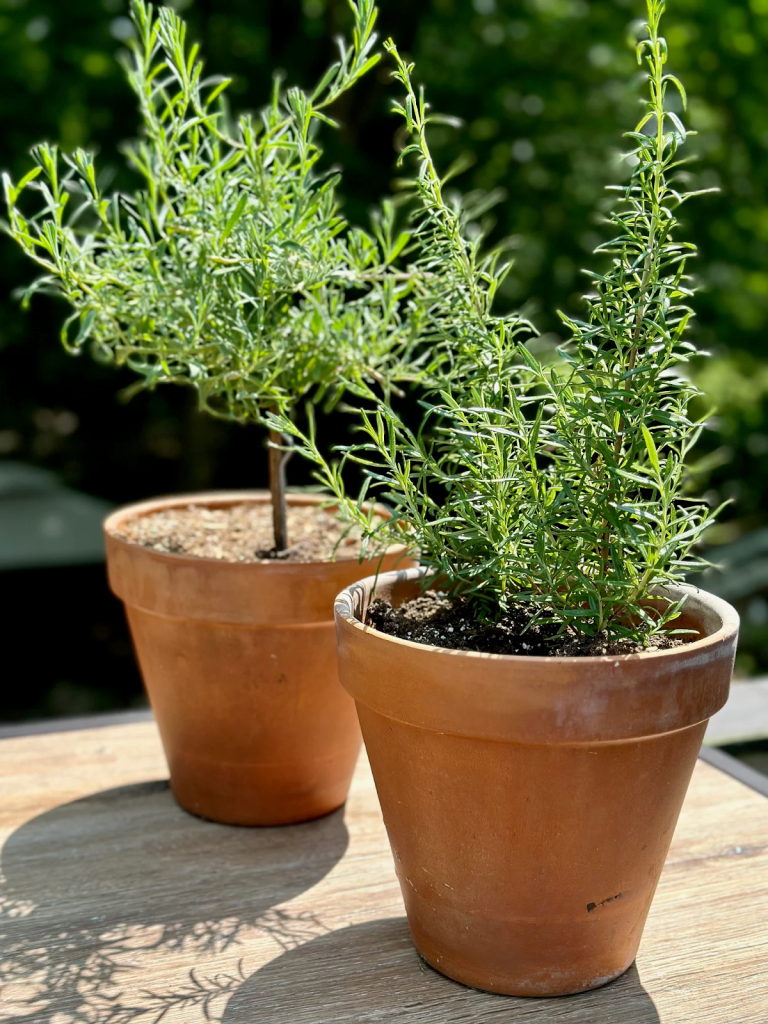
Whatever you choose, check the pot’s drainage before adding soil: holes or porous fabric keep roots healthy. For a tight apartment, stack window boxes under grow lights for an indoor edible garden setup that doubles as kitchen décor.
Author’s Notes: For more on choosing the right container check out The Best Containers For Garden Plants Revealed where we share an in-depth guide!
Choosing the Right Soil Mix for Container Edibles
Fresh balcony tomatoes start with the right soil. Skip yard dirt. Premium potting blend stays light, drains fast, and retains moisture, giving roots air and water. Top mixes pair peat or coco coir for moisture, perlite for aeration, and mature compost for steady nutrients.
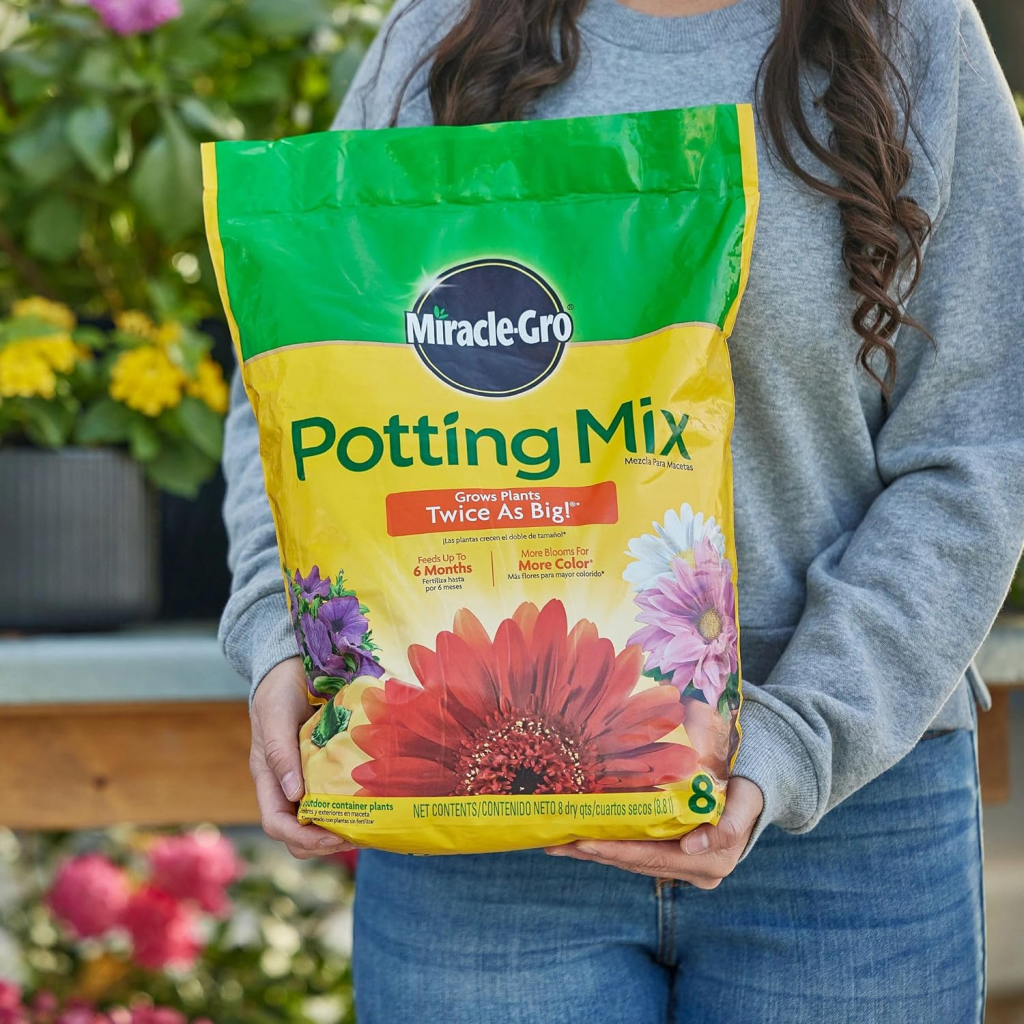
Found On Amazon
Grab some of the best soil for containers off the shelf or mix your own. A simple DIY potting soil recipe is two parts coir, one part compost, one part perlite, dampened until it clumps loosely.
After container garden soil preparation, break clumps, wet to sponge consistency, then pack pots, leaving an inch for watering. This airy edible plant potting mix keeps herbs, lettuce, and peppers productive all season.
Top Edible Plants That Thrive in Containers
Cherry tomatoes such as ‘Tiny Tim,’ peppers like ‘Snackabelle,’ and loose-leaf lettuce headline the best vegetables for pots because their shallow roots thrive in buckets and balcony planters.
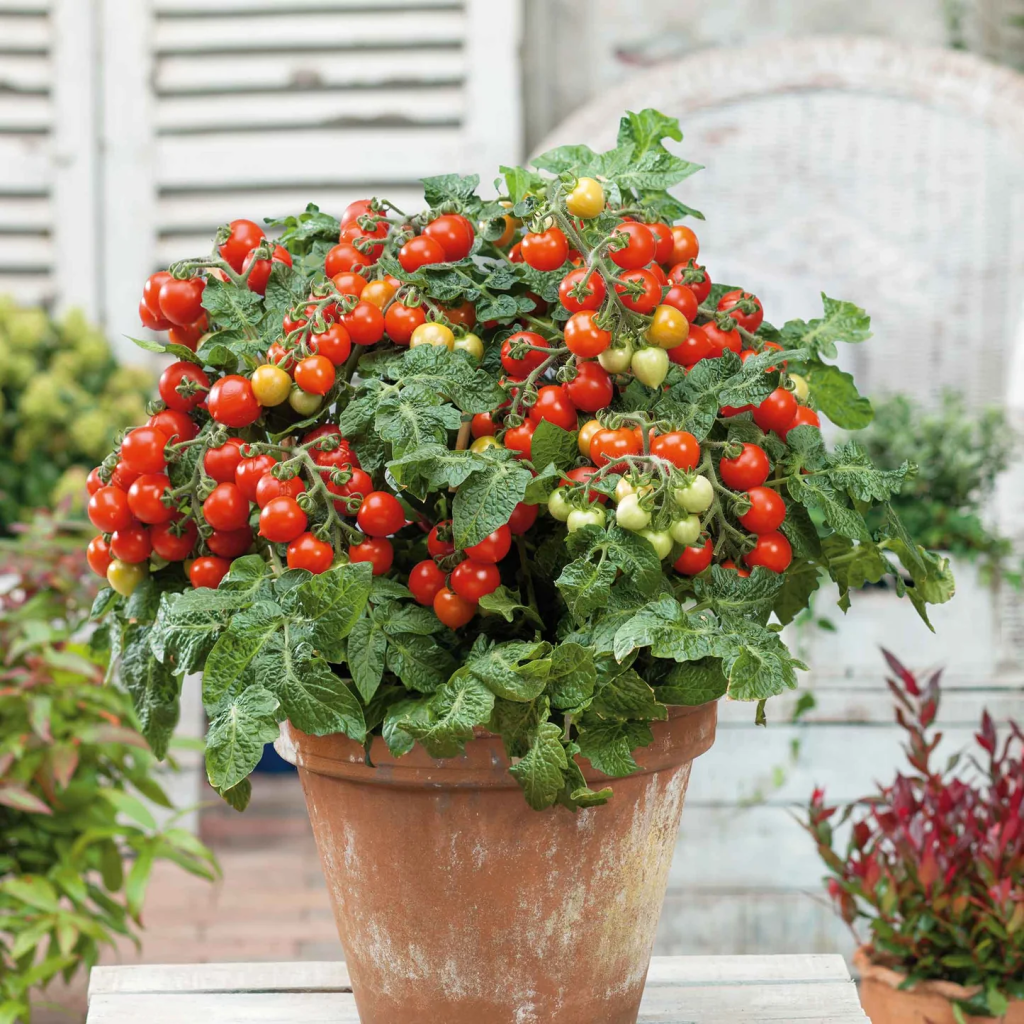
Add basil, parsley, mint, and thyme to tick the box for herbs ideal for container gardening, keeping fresh flavor within arm’s reach. Beginners in search of easy edible plants to grow can sow dwarf French beans that climb small trellises or lettuce mixes that sprout fast in window boxes.
Smart Planting and Arranging Techniques
Shuffle pots like puzzle pieces until the tallest sit at the back and the shortest herbs soak up the front-row sun. That simple move lifts every leaf into brighter light. Try companion planting in containers by nesting basil with tomatoes and letting chives guard lettuce from aphids.
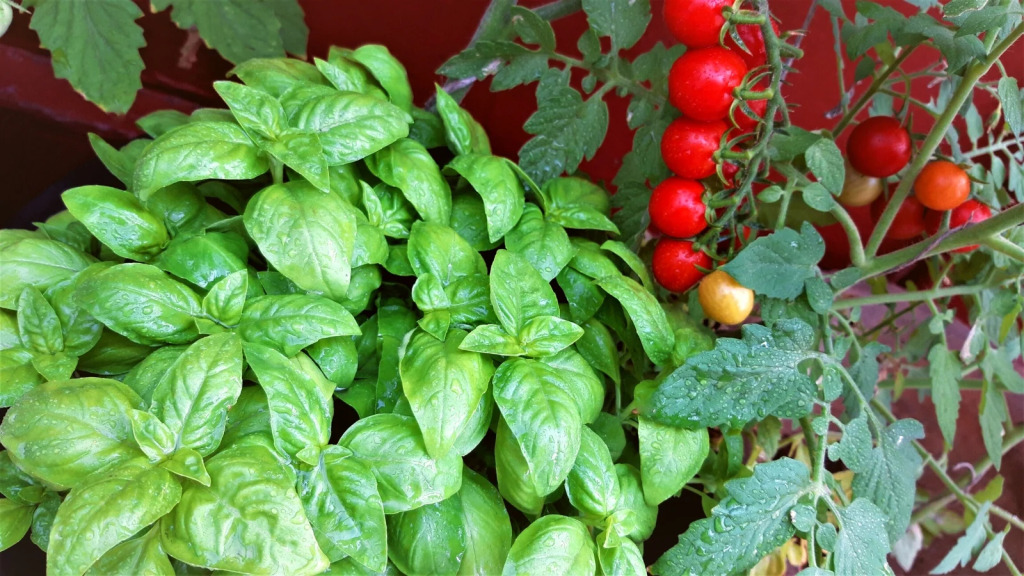
Sketch proposed groups on sticky notes to test fresh edible plant layout ideas before filling soil. Keep leafy greens six inches apart and fruit crops one foot from their neighbors to keep airflow high and mildew low.
Caring for Your Edible Container Garden
Check the potting mix in the morning. If the top inch feels dry, soak until water trickles from the pot’s base. In peak heat, tomatoes and peppers often need daily drinks, so stay alert. Long-season crops stay productive when slow-release pellets or half-strength liquid feedings top up nutrients every week or two.
This is an integral part of fertilizing container plants. Keep growth compact by pruning herb tips and pinching tomato suckers.

Simple cuts translate into bigger harvests. Before frost or extreme heat arrives, shift pots to milder spots to keep edible plants thriving year-round.
Common Container Garden Pests and How to Manage Them
Tiny green aphids and cloud-like whiteflies swarm basil, tomatoes, and kale in pots. Focus on pest control for edible plants by knocking insects off with a sharp water blast, then mist leaves with soap or neem.
Keep leaves dry and space pots so breezes slip between them, trimming crowded stems. These two habits curb many container garden diseases before they start. Finish up with weekly checks, lifting leaves and tossing any heavily infested ones. These are the simplest garden bug prevention tips for a thriving balcony crop.
Seasonal Tips for Growing Edibles in Containers
Use a seasonal planting guide to stay ahead: cool-season greens and radishes thrive early, while heat lovers like tomatoes and basil own midsummer. Think of container gardening by season as swapping wardrobes. Once temps cool, switch to fall container crops such as kale, lettuce, and dwarf carrots.
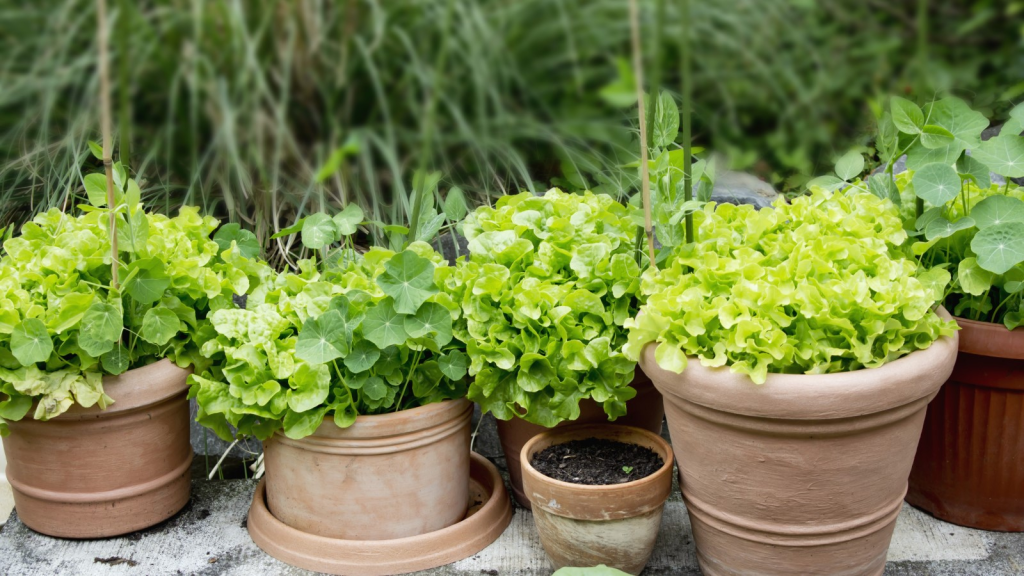
When frost looms, tuck pots close to a sunny wall or wheel them indoors under LED strips. Tender lemon trees, chile plants, and rosemary all respond well to being kept warm in a bright room and watered just enough to keep soil slightly moist.
Design Ideas for Stylish Edible Gardens
For truly eye-catching edible garden decor, stack a shoe-organizer pallet into a slim vertical edible garden so strawberries sit at eye level. Mix hues by pairing deep-purple basil with neon Swiss chard in a stylish container garden.
Color play makes planters feel like living bouquets. Upcycling buckets, boots, even colanders as creative container planters adds drainage-ready quirks while saving cash.
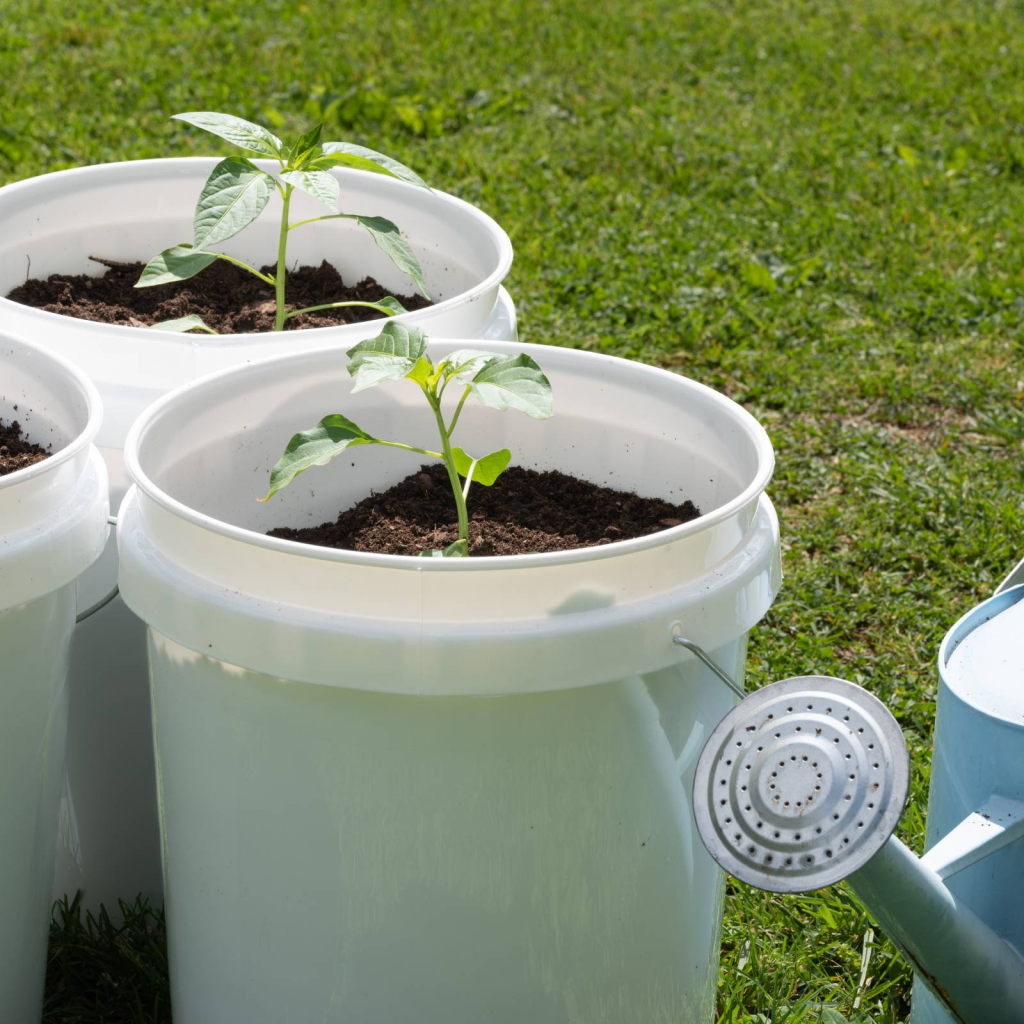
Conclusion: Enjoy the Fruits of Your Container Garden
Fresh tomatoes on a balcony taste even sweeter when space isn’t an obstacle. Container setups thrive on patios, windowsills, and fire-escape ledges because pots let you control soil, light, and pests while keeping plants close enough to water.
That flexible routine paves the way for container gardening success, letting anyone start an edible garden at home even if the only real estate is a sunny railing. For flavor boosts all year, lean on simple homegrown food tips like using a well-draining mix and feeding monthly, then watch harvests roll in as you grow vegetables in pots.
Choose a sturdy pot, sow your favorite seeds, and post the first bite in the comments below!

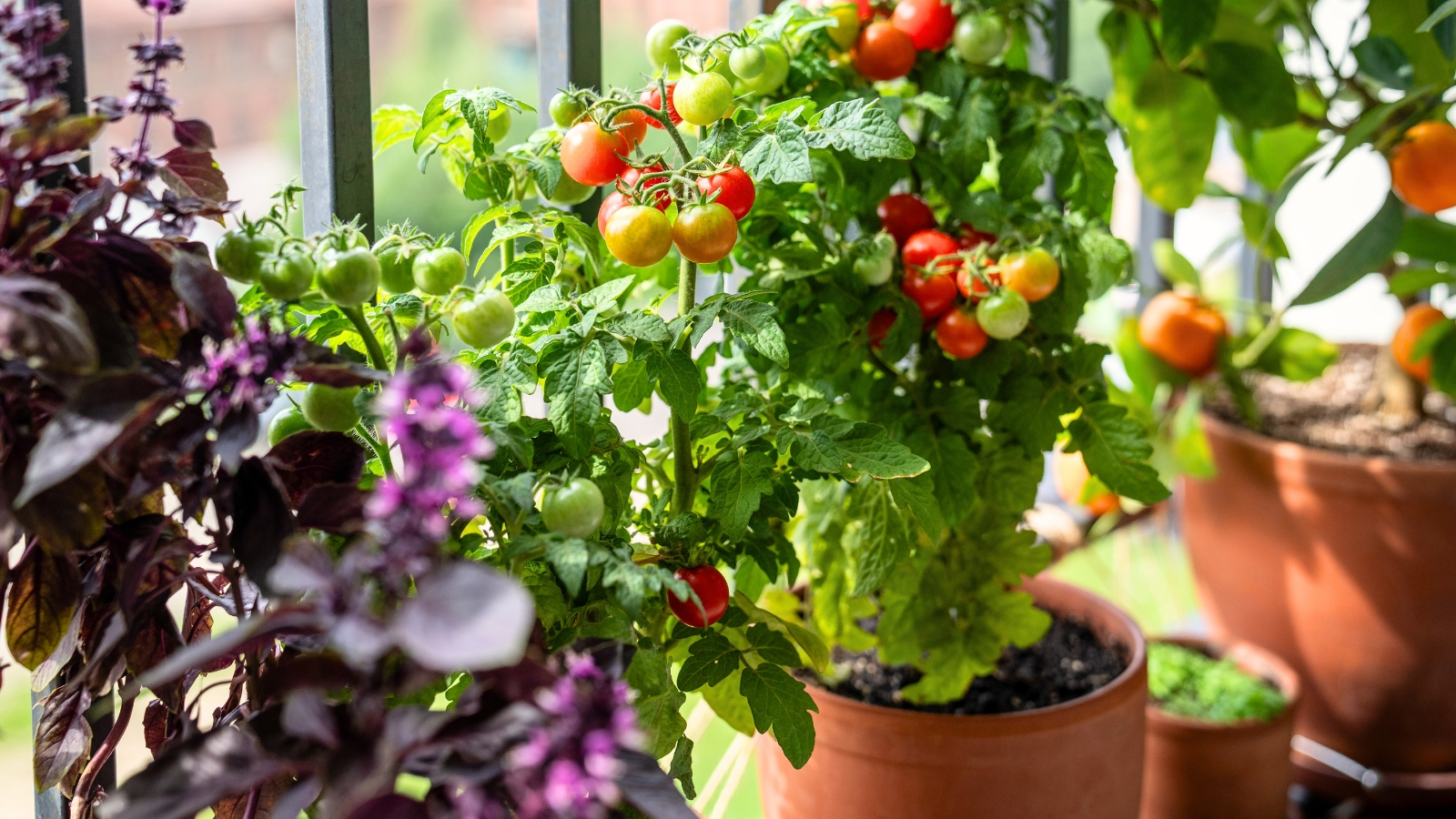

2 thoughts on “Edible Container Gardening: Best Pots, Soil & Crops”